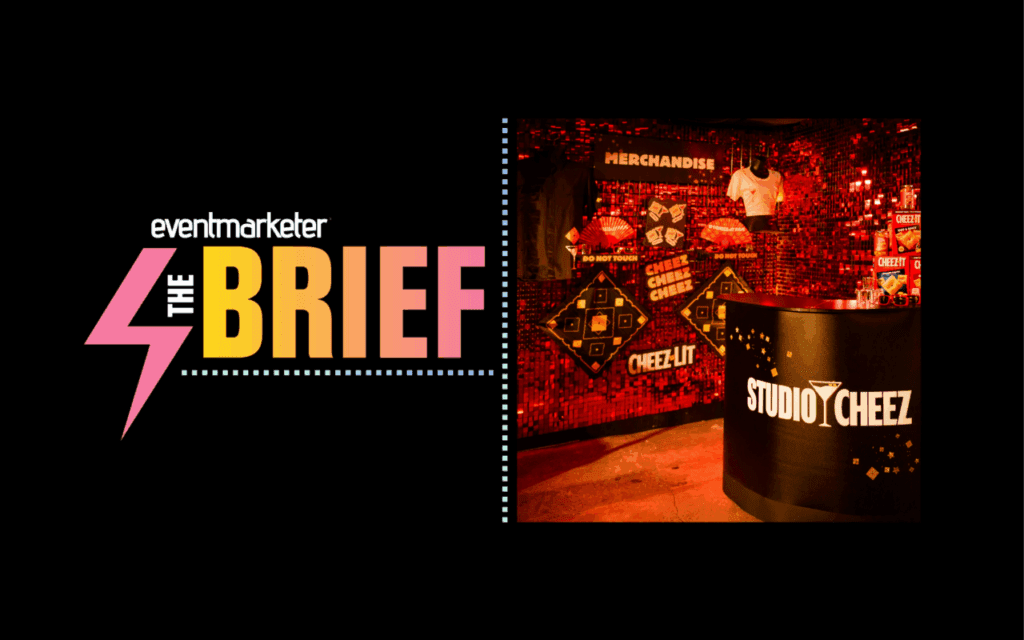A revamped mobile website has helped Deb Shops give mobile shoppers a better experience, allowing them to navigate more easily through over 30,000 SKUs.
Deb Shops—a retailer specializing in clothing and accessories for junior- and plus-sized women ages 13-24—launched its first mobile site in the spring of 2012, and started working with big data marketing platform BloomReach at the end of last year to help improve both its desktop and mobile websites.
Smartphones currently account for more than half of Deb Shops’ total mobile traffic. The company went with a mobile-first website for visitors on smartphones, rather than one based on responsive design. This decision was based on the view that responsive design is primarily rooted in the traditional Web, and the significant differences between smartphone, tablet and desktop/laptop screens demand a more device-dedicated approach.
The big challenge to solve was how to build a mobile site that helps visitors easily navigate through that product assortment of over 30,000 SKUs, according to David Cost, vice president of e-commerce and digital marketing for Deb Shops. With clothing, footwear and accessories for girls who like the cute and sweet styles of a celebrity like Taylor Swift, to edgier looks for girls who admire the likes of Selena Gomez, getting a visitor through so many subsets of products quickly is “really painful” to do on mobile, says Cost.
The Three Pillars
The recharged mobile site built with the help of BloomReach is rooted in three major features, each focused on making the discovery process as frictionless and quick as possible.
The first is a search functionality that includes automatically suggested completions to the query being inputted, along with predictive category-based results. So, for instance, when a user begins typing “Ho,” they’ll see autocompletion suggestions like “homecoming dresses,” “homecoming” and “hot pink dresses,” along with links to category pages containing items related to the current query-in-process.
“Being able to cut down on the typing and get someone to what they want that quickly is a huge advantage,” Cost says.
The second mainstay of Deb Shop’s revamped mobile site is the “More Like This” feature, which appears beneath each displayed item. As expected, tapping on these buttons will take visitors to another page where they’ll see similar products. Like the search feature, “More Like This” is meant to help users easily sift through subsets of Deb Shop’s catalog and quickly find what they want.
The third pillar is “What’s Hot,” a button that resides at the bottom of the mobile site. This feature interprets selected signals from Facebook and Pinterest, in addition to what items are most often added to carts or purchased. In essence, this brings engagement happening on Facebook and Pinterest into the Deb Shops mobile site, according to Joelle Kaufman, head of marketing for BloomReach.
“A simple repin or a Like is a fairly low-level signal, so we look for pins and Likes that lead to not one or two visits but significant visits to Deb Shops,” Kaufman says. This means pulling in information about visits to both Deb Shops’ mobile and desktop websites. “What’s Hot” is updated in real time, and the page’s content changes throughout the day.
“It’s uncanny how it picks up trends,” Cost says. “It’s even interesting for us from a buying standpoint to watch what signals we get from ‘What’s Hot.’”
For instance, from mid-June up until the Fourth of July, “What’s Hot” included a number of Americana-related items. Now that fall is approaching, the page shows a number of animal and camouflage prints, which is right in line with what’s hot right now, Cost says.
The Results
Since the launch of its overhauled mobile website a couple months ago, Deb Shops has seen that 67% of its mobile visitors browse products via the autosuggested queries in the search feature. The retailer has also observed that mobile users who utilize “More Like This” add items to their carts 20% more often than customers who don’t use this feature.
Deb Shops has also benefited from 170% higher revenue for each visitor to “What’s Hot” compared with visitors who don’t check out that page.
Kaufman notes that users who find items on their mobile phones end up spending seven times more on their desktop computers, not to mention making in-store purchases.
The Cross-Channel Future
In the near future, BloomReach will implement cross-channel personalization to Deb Shops’ mobile site. Using technology (provisional patent pending) that matches up behavior observed on the desktop-based site with behavior observed on the mobile site, users will have their mobile experience tailored to their presumed tastes.
For example, if a user engages with a specific type of dress on the traditional website, the back-end technology will be able to discern key signals to watch for on the mobile site. If a mobile user begins to exhibit similar behavior observed off-mobile, the mobile site will tailor the products displayed on certain category pages or the order of search results.
The result is that the “consumer gets a better experience on the phone, intuitively,” according to Kaufman.
The Importance of Engagement and Discovery
“We really see mobile as a discovery mechanism,” Cost says. This means that if a mobile visitor explores the site and a conversion doesn’t happen, it’s not a big deal, since a purchase may happen on the desktop site or in a store as a result of that mobile engagement.
“We tend to watch engagement a lot,” Cost adds. If Deb Shops sees a user engaging a lot on its mobile site, “we consider that a success.”
“You can see as you optimize for mobile—meaning less input for the user—the better the experience and the better the outcome you get,” Cost says. “The fewer things they have to type, the fewer things they have to scroll through, the faster you can get them to a relevant product.”
 Network
Network

